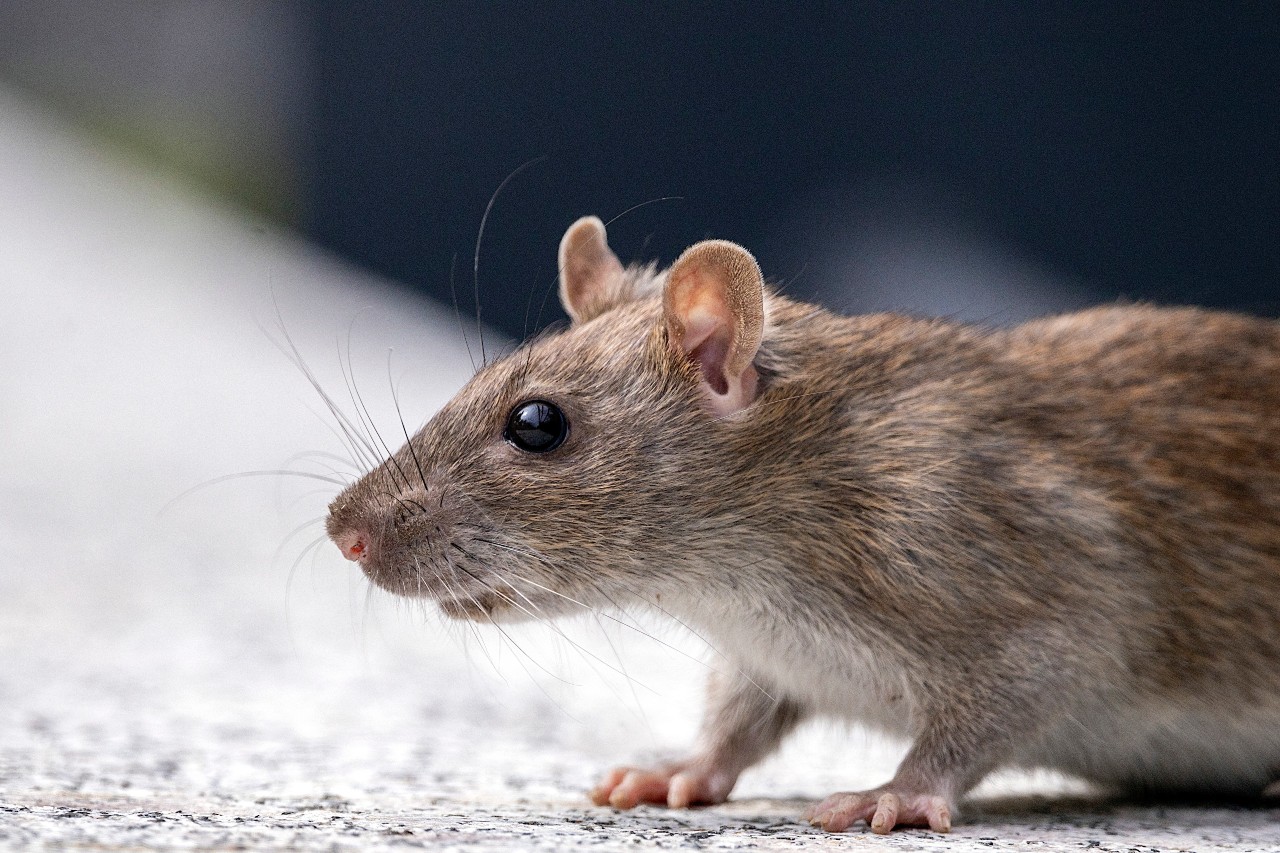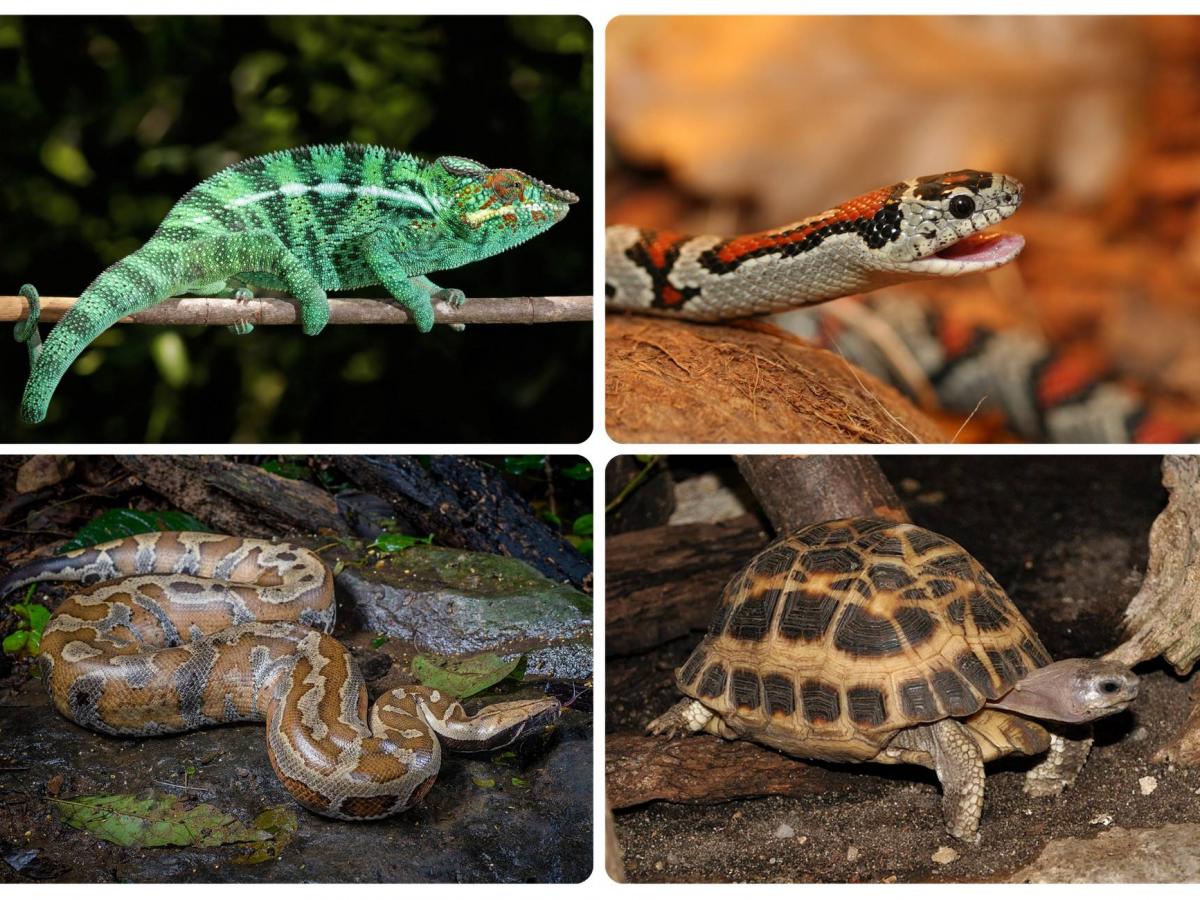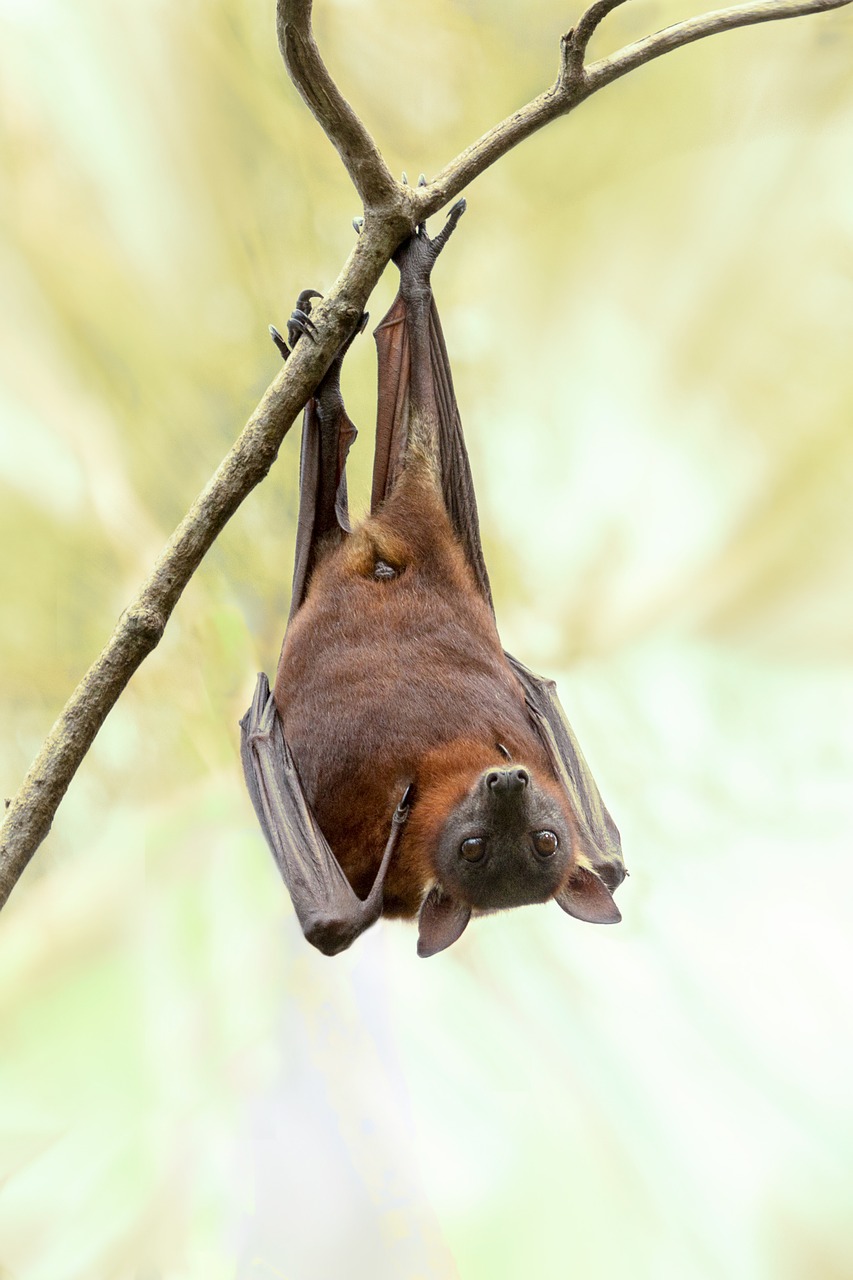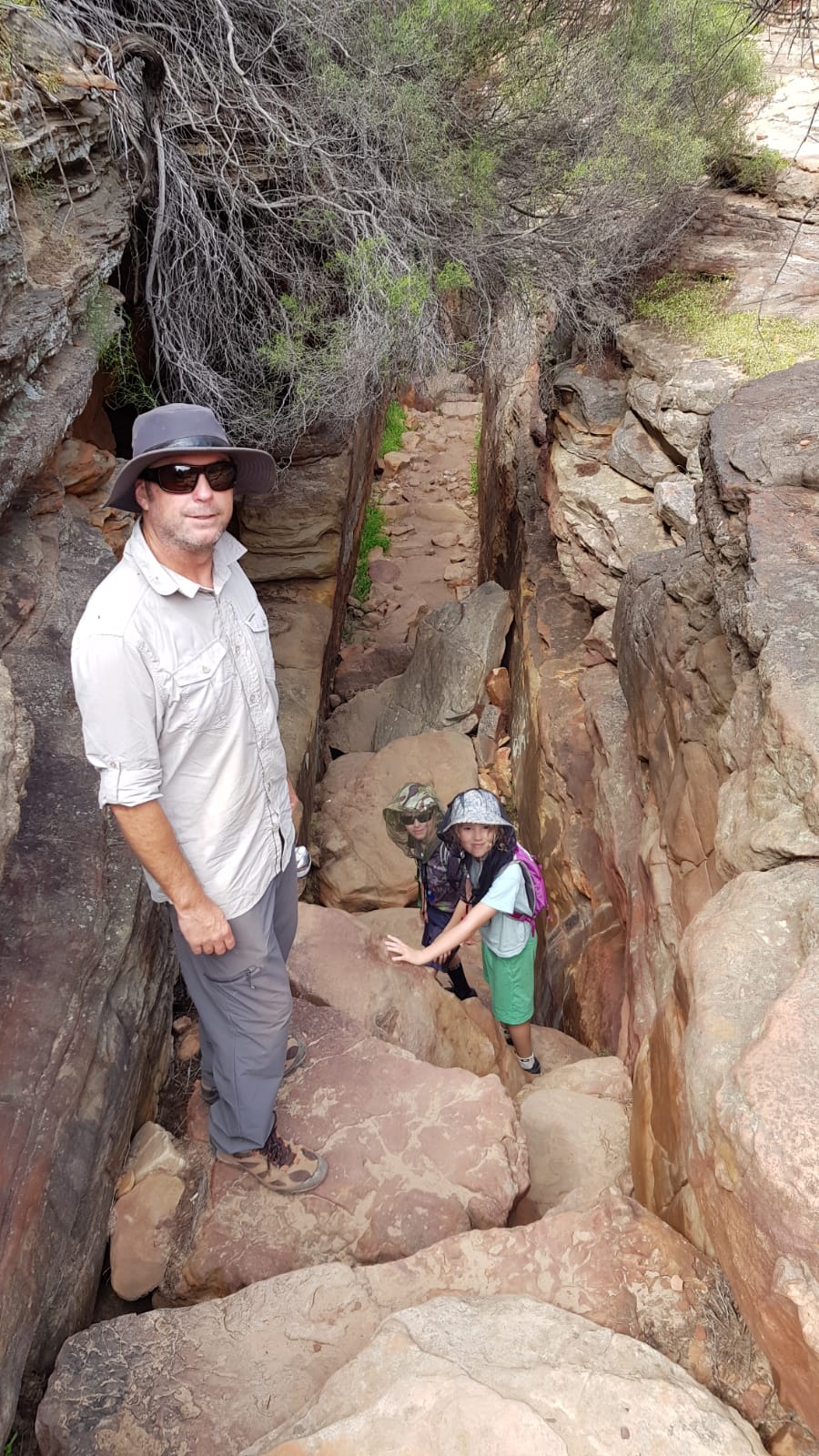Associate Professor Phill Cassey spoke about the possibility of China’s wet markets being the source of COVID-19.
The article featured on News.com.au spoke about China’s wet markets which are better known in other cities as fresh food or farmers’ markets selling vegetables, fruit, seafood and meat fresh straight from the growers to the public.
Wet markets are often confused with wildlife markets. Wildlife markets do operate in China and around the world, legally and often illegally, selling wild animals for meat, medicine or as domestic pets.
Until COVID-19 hit most people had never heard of the term wet market. And Chinese cultural experts are saying the public outcry over the reopening of China’s wet markets has not only focused attention on these traditional food shopping centres but brought into sharp focus the global confusion and misunderstanding of what wet markets are and how they operate.
Associate Professor Phil Cassey, from the University of Adelaide, says the term “wet market” applies to wholesale markets that sell fresh produce, and pointing out that not all wet markets deal with live animals.
“In Australia we have wet (food) markets in central (Sydney) and farmer’s markets. The difference is that in Australia we do not generally have bush meat markets selling harvested wildlife — with the exception of seafood, and some wild caught exotic game and native species,” he told News Corp Australia.
A/Prof Cassey, the director of the Centre for Applied Conservation science in the Department of Ecology and Evolutionary Biology, said the COVID-19 outbreak has been a ticking time-bomb, blaming “the destruction of the environment”.
“Every interaction we have had has been pushing towards an event like this,” he said.
A/Prof Cassey says markets where the coronavirus possibly originated, provide the greatest risk for infection as they have a high density of diverse animal species and a lack of hygiene standards, making them a hotbed for the emergence of and transmission of zoonotic — animal to human — diseases.
Zoonotic diseases, he says, are naturally occurring diseases that circulate in non-human animals, but subsequently transfer, or spill over, into humans.
“Approximately two-thirds of all human diseases have a zoonotic origin. The emergence of zoonotic disease is strongly linked to human activities that bring wildlife, domestic animals, and humans into increasingly intense contact,” he says. (This includes the destruction of natural areas, intensive agriculture and the hunting, trade and consuming of high-risk wildlife such as bats and pangolins.)
A/Prof Cassey says such markets are rife across South-East Asia and parts of Europe and not all of the animals are bought for consumption.
“Animals are sold for a variety of reasons as well, something that has been increasing in popularity has been the live songbird trade where the people buy the birds for singing competitions. Not all animals are destined for the table — every market will be different.”
He believes that when restrictions around the pandemic eventually ease, countries will need to look at regulations and overhaul the way animals are treated and sold.
“We need to rebalance our relationship with the environment while also safeguarding long-term human wellbeing,” he says. “This includes, preventing illegal harvesting and unsustainable trade of wildlife, as well as unhygienic and high-stress use of domestic animals.”
A/Prof Cassey’s team specialises in research on pangolins, the animals thought by some to be the host animal that has helped the virus jump from bats to humans.
“Pangolins are considered tasty so they are used for their meat, their scales are used in traditional medicine,” said A/Prof Cassey.
“That’s a real shame. We are working really hard to provide evidence-based studies for moving away from that. The scales have no medical or nutritional value.
“It’s very sad. Historically, they were used for the US leather trade such as cowboy boots.”
Excerpt from original article
















